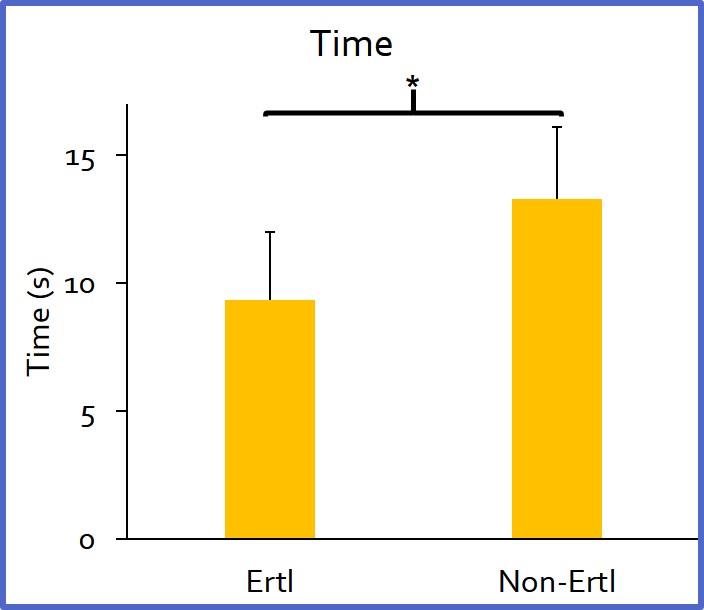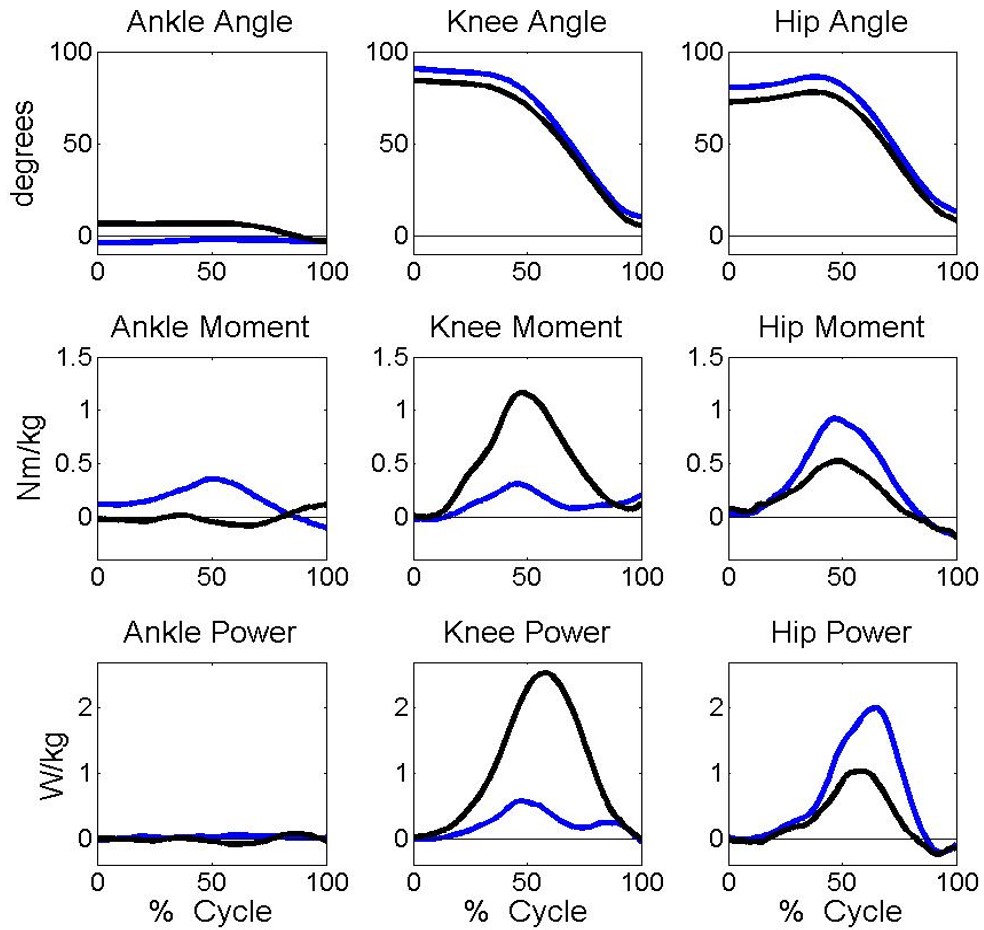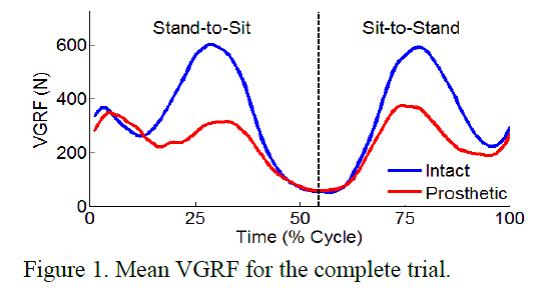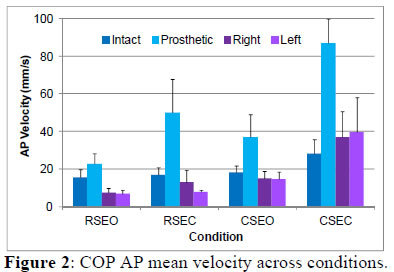Ertl Research
We have had several presentations and abstracts presented at ASB.

To our knowledge, this is the first study to evaluate the functional performance differences between the Ertl and Non-Ertl amputation techniques. These results suggest that functional differences do exist between the Ertl and Non-Ertl procedures.

Movement Strategies During Stand To Sit And Sit To Stand Tasks In Transtibial Amputees
Ferris, A.E., Smith, J.D., Christiansen, C.L., Heise, G.D.
Results of our study indicated a significant functional asymmetry during SIT and STAND tasks in persons who received an Ertl amputation. In regards to the number of times this task is completed on a daily basis further understanding of the functional consequences of this loading asymmetry is needed.

Does Increased Walking Velocity Increase Fall Risk While Negotiating a Curb?
Ferris, A.E., Crisman, E., Silvernale, C., Real, J., Smith, J.D.
Interestingly, the only significant differences found when stepping down the curb were that vertical GRFs (both speeds) and impulse (preferred speed) were greater for the limb landing on the ground compared to the curb limb. In general, these results suggest that walking speed had little effect on fall risk other than on response time to a perturbation, such as a trip, which is less when walking faster. Given the increased the safety factor (i.e., increased toe clearance), this may suggest one way which the neuromuscular system accounts for the reduced response time.

Interlimb asymmetries during stand to sit and sit to stand tasks in transtibial amputees.
Ferris,A.E., Smith, J.D., Christiansen, C., Heise, G.D.
Results of our study indicated a significant functional asymmetry during SIT and STAND
tasks
in persons who received an Ertl amputation. In regards to the number of times this
task is
completed on a daily basis further understanding of the functional consequences of
this loading asymmetry is needed.

Carpenter A., Smith J.D., Christiansen C., and Heise G.D
Ertl amputees relied more on the prosthetic leg to control posture as demands increased,
whereas control subjects relied more on the left limb. Surprisingly, it appears that
Ertl amputees relied on the prosthetic side for stability, whereas controls relied
on the non-dominant leg for stability. Further research is needed with comparisons
between Ertl
amputees and traditional amputees to determine whether this observation is unique
to Ertl amputees.

